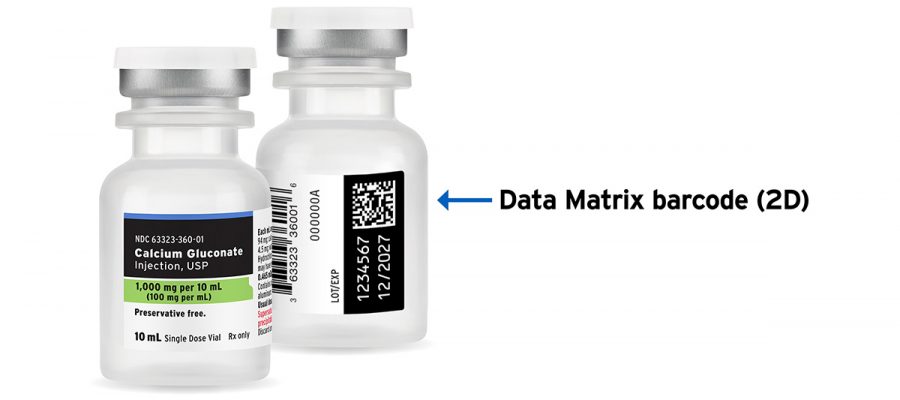
According to a research study published in BMJ Quality and Safety, medication errors can occur in 20 to 25% of dose administrations in the inpatient setting. That is an astounding number – and one that has grave implications for patient safety.1 Mark Neuenschwander, founding director at the THRIV Coalition for IV Accuracy, said that linear barcodes, mandated for most drugs by the Food and Drug Administration in 2004, don’t do enough to prevent potential mishaps.
“Linear barcodes just give you the National Drug Center (NDC) number,” he explained. “That may be good for tracking counterfeiting and for counting inventory, but it isn’t enough to help improve safety at the point of care. It doesn’t tell you if you may have an expired or a recalled drug.”
IV preparation, particularly when combining several drugs into a single IV bag, can be an arduous task, even for seasoned clinicians. Pharmacists must ensure that they include not only the right ingredients, but the right volume and dosage for the admixture. If it is off by even a small amount, there is potential for patient harm and death. The preparer must also check for drug expiration and potential recalls. Kevin Marvin, RPh, ASHP Senior Consultant and independent healthcare informatics consultant, pointed out some states, including California, now require pharmacists to log both the expiration date and lot number of each component when they prepare IVs for patients.
“Since that information isn’t contained on the linear barcode, the pharmacist or the technician needs to go to the keyboard to manually input it,” he said. “But with a two-dimensional, data matrix barcode, the expiration date and lot number are already included. Pharmacists can just scan it and eliminate that manual data entry, making the whole process much easier.”
The use of data matrix barcodes also has the power to improve patient safety, helping to ensure that IV mixtures are safe and accurate.
“When a pharmacist scans the barcode, that barcode interacts with the patient record. It’s going to say, ‘Yes, this is the right drug – this is the right dosage.’ It’s going to be very clear,” he said. “The additional data on the data matrix barcode can also let people know if a drug has expired or has been recalled. It helps to better ensure that each patient is getting the right amount of the right drug at the point of care. If we can scan and get all that information from the manufacturer on a single bar code, we know, ‘Yes, this is right. Exactly what the doctor ordered.’”
Recently, Fresenius Kabi announced that it would be adding a GS1 data matrix barcode to its pharmaceutical products.2 Marvin said including these barcodes on immediate drug packages may help to streamline the IV preparation workflow – and may also, in the process, heighten the safety and accuracy of medication administration in hospitals and health systems.
“We know that the IV workflow is one of the most dangerous workflows in the hospital. There are a lot of places where mistakes can be made,” Marvin noted. “So, when you can simplify that with the addition of a 2D data matrix barcode, the better off you are in terms of safety and quality. There are significant gains to be had for hospitals – and for the patients who receive these lifesaving therapies – when this information is included on pharmaceutical products.”
To learn more about Data Matrix Barcodes at the Unit of Use, visit https://www.fresenius-kabi.com/us/products/data-matrix-barcodes
3995-SIM-08-04/23
References
Source: Read Full Article
